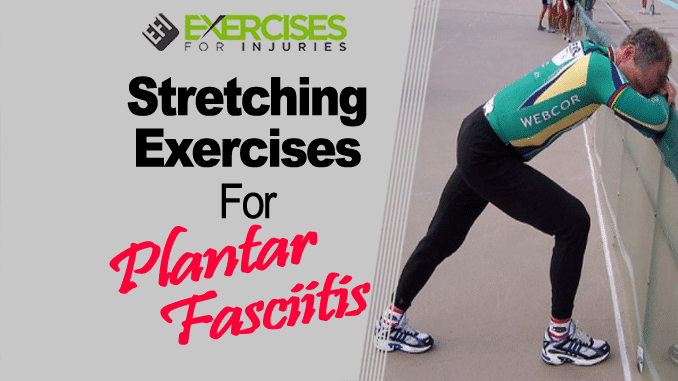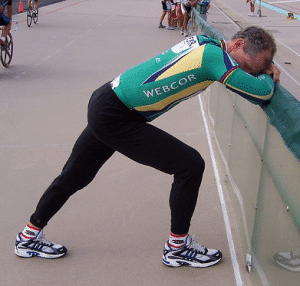Plantar fasciitis is a condition that causes pain and inflammation in the arch of your foot. It is more common for overweight people to have flat feet or wear tight-fitting shoes. The cause of plantar fasciitis is not known, but it is thought to be caused by repetitive stress on the plantar fascia ligament. This ligament attaches the heel bone to the toes. When you put weight on your foot, it stretches this ligament, which then causes inflammation and pain. There are several ways you can reduce your risk of developing plantar fasciitis. These include getting regular exercise, wearing comfortable shoes, and reducing weight if you’re overweight. If you have plantar fasciitis, it most likely means that your overall foot health is poor. In addition to getting regular foot checks at the doctor, you should also look for other possible causes of plantar fasciitis, such as diabetes or poor circulation.
An excellent exercise regimen for plantar fasciitis includes gentle, prolonged, and pain-free stretching exercises of the Achilles tendon complex (the tendon attached to the heel and calf), plantar fascia, and gastrocnemius-soleus complex (Two muscles in the calf area of the lower leg.). Stretching exercises have the highest success rates for pain relief among all conservative measures.
The plantar fascia stretches are, by far, the most valuable exercises in treating plantar fasciitis. It would be best if you did these exercises first thing in the morning, before walking.
Plantar Fascia Stretches
The following plantar fascia stretches can be done three times a day:
- Stand with your hands against the wall. The affected leg is positioned slightly behind the other portion. Securely keep your heels flat on the floor. Keeping the injured leg straight and your heels on the ground, gradually lean forward and bend the uninjured leg until you feel a stretch in the lower part of the wounded leg. Hold the position for 10 to 15 seconds, and release. Repeat the exercise 5 to 10 times.
- Sit on a well-supported chair, and place the affected foot on the opposite knee. Grab the affected heel using the opposite hand and let the other hand pull the toes back, especially the big toe. A stretch should be felt within the arch. Hold the time for 10 to 30 seconds, and release. Repeat the exercise 5 to 10 times per session or as tolerated. You may perform this exercise three times a day.
- Another way to do the previous exercise is to sit on the floor with straight legs. Loop a resistant band around the foot of the leg to be stretched. You may push your foot against the band to strengthen your calf. Gently pull the forefoot towards the knee, and hold the stretch for 10 to 30 seconds. Repeat 5 to 10 times or as tolerated.
Stretching Exercises
Achilles tendon stretch, hamstring stretch, stair stretch, toe stretch, and soleus stretch are some stretching exercises that focus mainly on improving the flexibility of the plantar fascia.
Plantar fasciitis can affect anyone regardless of age, gender, or activity level. If you have flat feet, are overweight, have poor circulation, have diabetes, or have other risk factors for the condition, you are more likely to develop plantar fasciitis.
The pain from plantar fasciitis often starts on the bottom of your foot or the heel. This pain is typically described as sharp and stabbing. The pain can also start in your foot and move up the arch of your foot toward the toes. The pain may become more severe when you walk or stand and may come and go randomly.
If you want to find out how to get rid of your heel pain once and for all, then check out Plantar Fasciitis Relief in 7 days here:
Rick Kaselj, MS



